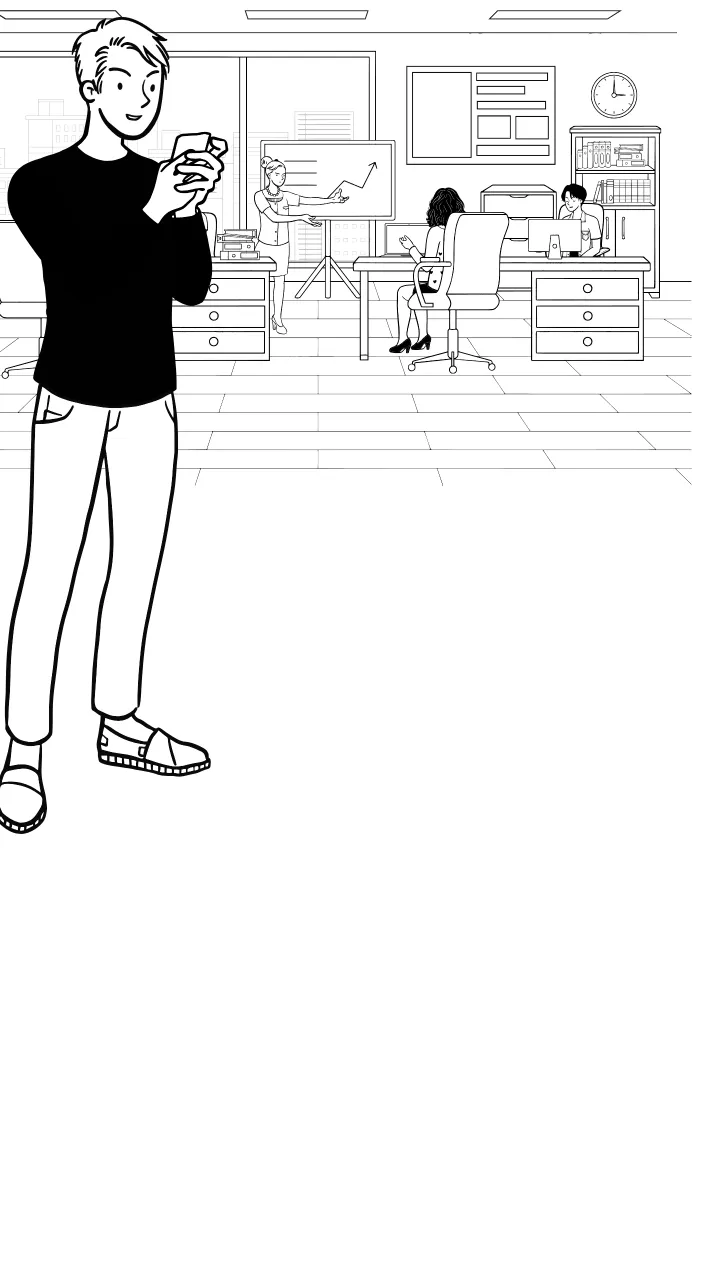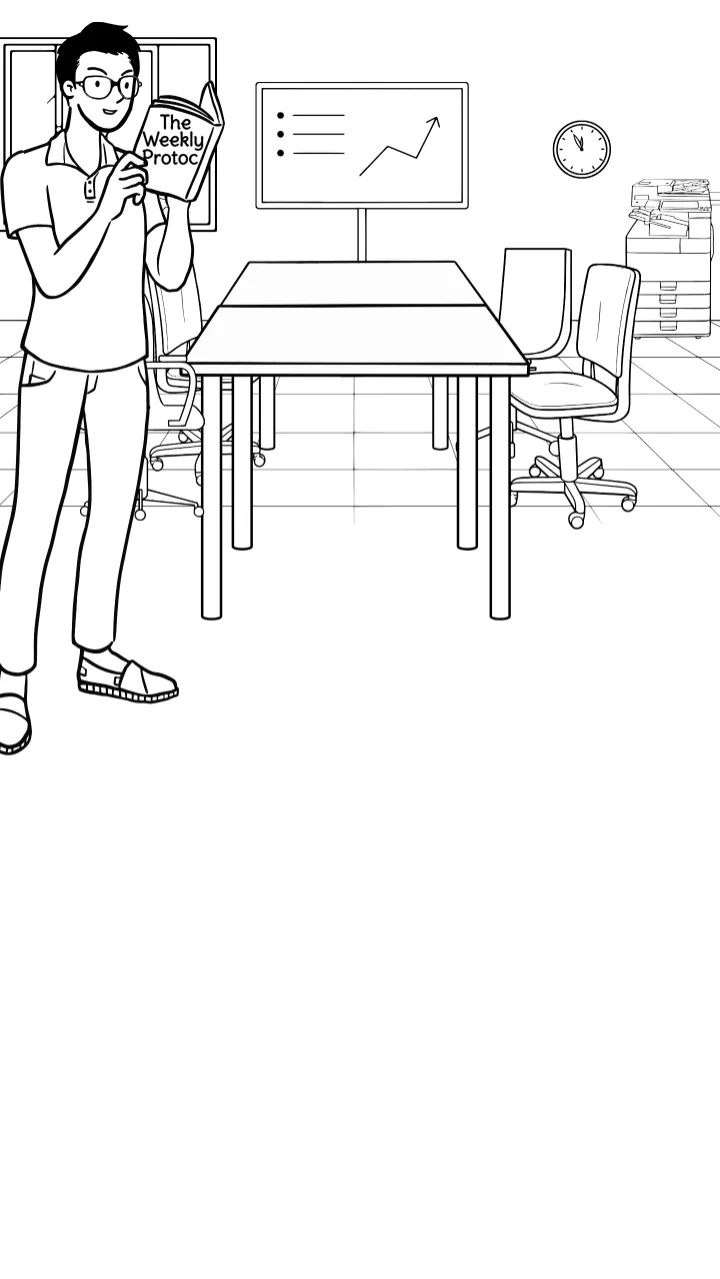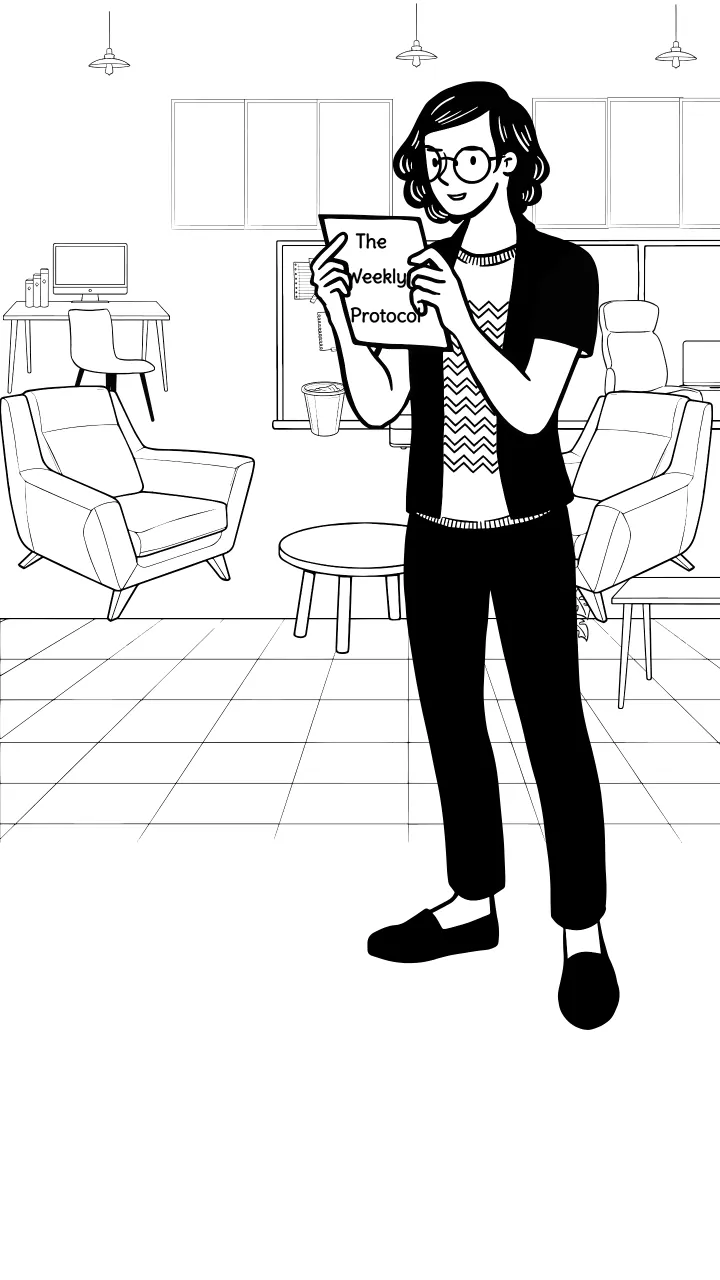Technology as Tool, Not Master
Digital Hygiene
Create healthy relationships with technology and reclaim your attention from digital distractions

Attention is Your Most Valuable Asset
Technology platforms are designed to capture and monetize your attention. Every notification, infinite scroll, and variable reward is engineered to create dependency. Digital hygiene means reclaiming control—using technology intentionally instead of being used by it.
Start Here: Digital Detox Protocol
Four foundational practices to break the cycle of digital distraction and reclaim your focused attention.
Notification Audit
Turn off all non-essential notifications. Only allow calls, texts, and calendar alerts. Everything else can wait for when you choose to check.
Phone-Free Zones
Designate your bedroom and workspace as phone-free zones. Use a physical alarm clock and keep your phone in another room while working.
Batch Communication
Check email and messages at set times only—like 9am, 1pm, and 5pm. Close these apps between batches to avoid constant interruption.
Mindful Transitions
Before opening any app or website, pause and ask: 'What am I looking for?' and 'How will I know when I'm done?' Set a specific intention.
Digital Hygiene Tools
Practical frameworks and templates for creating healthy boundaries with technology and protecting your attention.
Digital Detox Guide
Tool
Step-by-step framework for resetting your relationship with technology and reclaiming focused attention.
Focus Environment Setup
Tool
Design physical and digital spaces that naturally support sustained concentration and minimize distractions.
Notification Audit Template
Tool
Systematic approach to identifying and eliminating digital interruptions that fragment your attention.
What Studies Tell Us
Key findings about technology's impact on attention, focus, and cognitive performance.
Ward et al., 2017 · Journal of the Association for Consumer Research
The mere presence of smartphones reduces cognitive performance, even when turned off. Physical separation is necessary for optimal focus.
Fogg, 2019 · Stanford Behavior Design Lab
Tech platforms use variable reward schedules and social validation to create addictive engagement patterns that hijack attention.
Rosen et al., 2013 · Computers in Human Behavior
Heavy media multitasking is associated with increased susceptibility to interference and decreased ability to focus attention.
Know Your Digital Profile
Evidence-based assessments to understand your technology usage patterns and their impact on productivity.
Digital Dependency Assessment
Coming Soon
Coming soon: Evaluate your relationship with technology and identify problematic usage patterns.
Screen Time Impact Analysis
Coming Soon
Coming soon: Assess how your current screen time affects focus, sleep, and overall well-being.
Tech Relationship Health Check
Coming Soon
Coming soon: Comprehensive evaluation of your digital habits and their impact on productivity.
Digital Hygiene Playbooks
In-depth guides for creating healthy technology relationships and protecting your attention in the digital age.
Best Apps for Personal Organization
Guide
Evidence-based review of digital tools that enhance productivity without creating digital dependency.
Why It's Hard to Focus Without Willpower
Research
Understanding how digital distractions deplete willpower and strategies for protecting your mental resources.
Task Batching: Focus Better and Get More Done
Practical
How grouping similar tasks reduces digital context switching and improves sustained attention.
Frequently Asked Questions
How do I know if I have a problematic relationship with technology?
Is it realistic to completely avoid social media and news?
How can I stay connected with others while maintaining digital boundaries?
What about work requirements for constant connectivity?
How do I break the habit of mindless phone checking?
Related Pillars
Digital Hygiene directly supports and enhances other areas of mindful productivity.
Get Weekly Digital Hygiene Protocols
Every Tuesday, receive one research-backed protocol for healthier technology use and better digital boundaries—with exact steps to try today.


